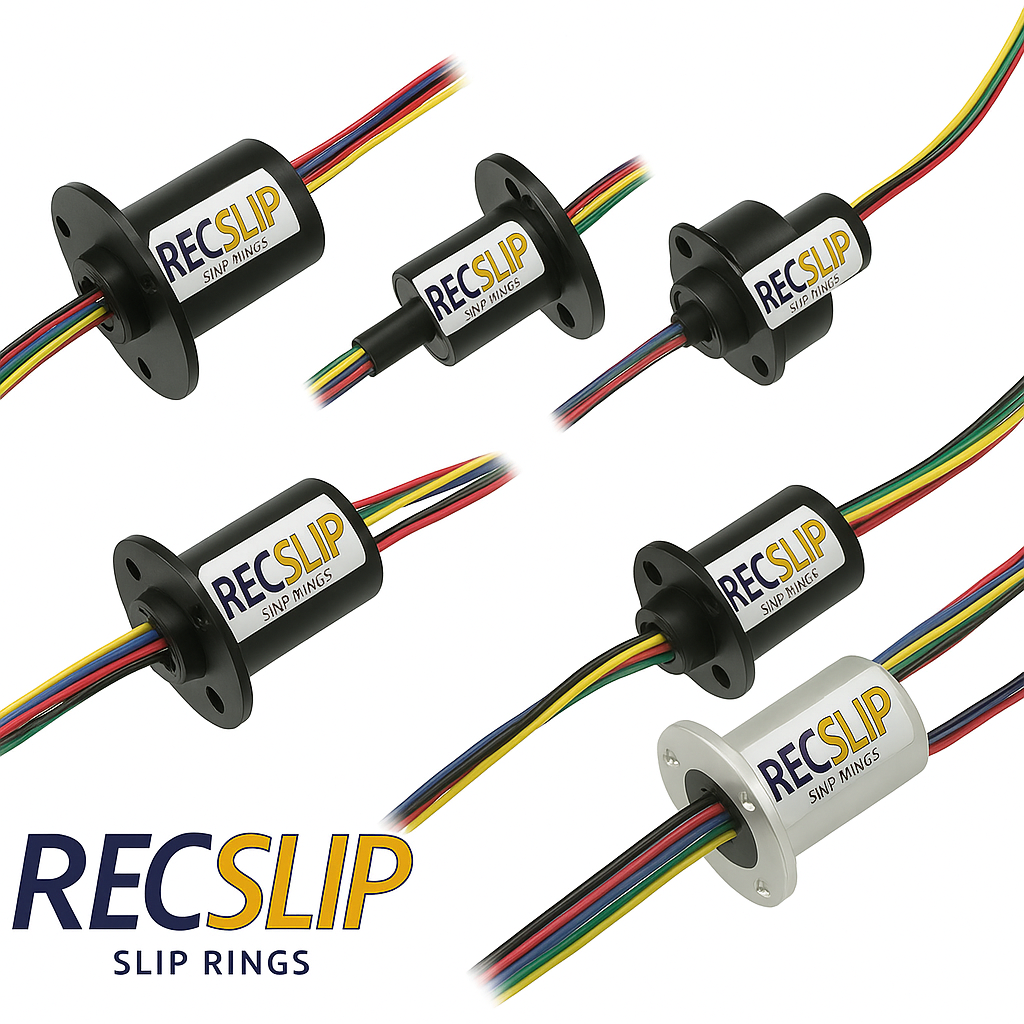Slip Rings in 2025 Why Indian Manufacturing Needs to Stop Relying on Chinese Imports
You’ve invested crores in high-tech machinery. Your production line is running at full speed. Suddenly, a critical machine stops. Not because of the motor, not because of software, but because a small rotating connector failed.
That connector? A slip ring.
This small device can quietly make or break performance across industries. Whether you’re running an MRI machine, a wind turbine, or an automated packaging unit.
Yet, until recently, India had only one option: import slip rings from China. That meant long wait times, zero customisation, and unpredictable support.
But things are changing.
Let’s break down what slip rings are, why they matter so much, and how Aryan PowerTech is changing the game for Indian manufacturers.
What is a Slip Ring?
Why Are Slip Rings So Important?
- Uninterrupted operations in rotating machinery
- Accurate data transmission for automated systems
- Longer machine life with reduced wear and tear
- Minimal downtime due to low-maintenance designs
- Wind energy
- Medical (MRI, CT Scanners)
- Packaging and automation
- Defense and surveillance
- Robotics and aerospace
How Does a Slip Ring Work?
A basic slip ring has two main parts:
- Rotor (rotating part)
- Stator (stationary part)
Types of Slip Rings (And What They’re Best For)
1. Wireless Slip Rings
2. Mercury Wetted Slip Rings
Instead of brushes, these use liquid mercury to conduct electricity. The result? Stable connection and very low resistance.
Use case: High-speed rotation with stable signals.
Caution: Mercury is toxic and temperature sensitive. Safety protocols are needed.
3. Pancake Slip Rings
4. Ethernet Slip Rings
5. Fiber Optic Slip Rings
- HD video systems
- Medical imaging
- Aerospace devices
They are compact and immune to electromagnetic noise.
6. Miniature Slip Rings
7. Through-Hole Slip Rings
Why India Was Dependent on Chinese Imports
- Long delivery cycles
- Zero customization
- No service or local support
- Unreliable quality control
It slowed down industries that needed speed, flexibility, and reliability.
The Change: Aryan PowerTech’s Made-in-India Solution
Aryan PowerTech saw this gap. And they filled it.
They’re one of the only slip ring manufacturers in India.
Here’s what makes them different:
- Local support: No waiting for weeks to get a replacement.
- Custom-built solutions: Tailored for your machine and use case.
- High-quality materials: Durable, stable, and long-lasting.
- End-to-end assistance: From design to delivery.
For purchase heads and CTOs, this means:
- Faster decisions
- More control
- Lower lifetime cost
- Reduced risk of foreign dependence
Summary: Why This Blog Matters
FAQs
1. Do all machines need slip rings?
2. Can slip rings be customised for my machinery?
3. Are Indian-made slip rings as good as imported ones?
4. What industries use slip rings the most?
5. How do I know which slip ring I need?

